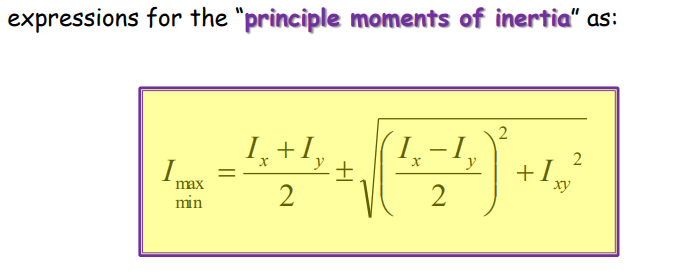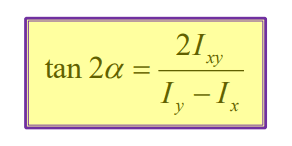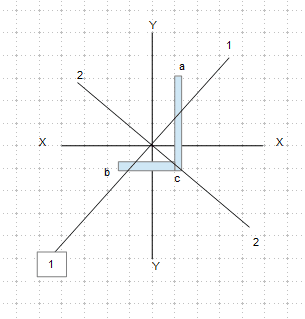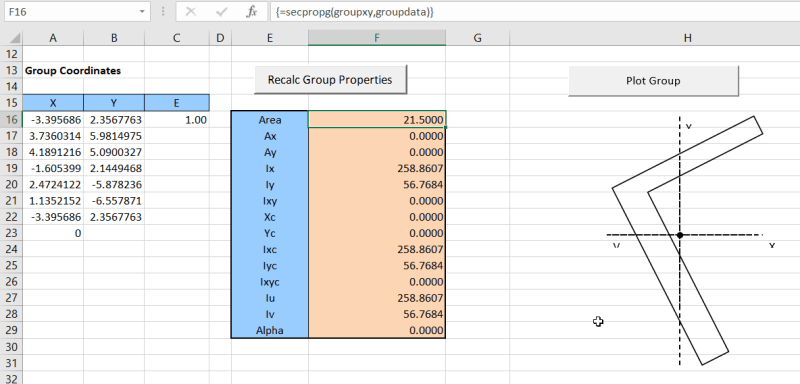denguy
Structural
- Jun 21, 2019
- 7
I need guidance on how to calculate the section modulus of a single angle 2x2x1/4 about the major/minor principal axis (theta = 45 deg).
Any links/worked out examples would be amazing.
Thank you
Any links/worked out examples would be amazing.
Thank you





